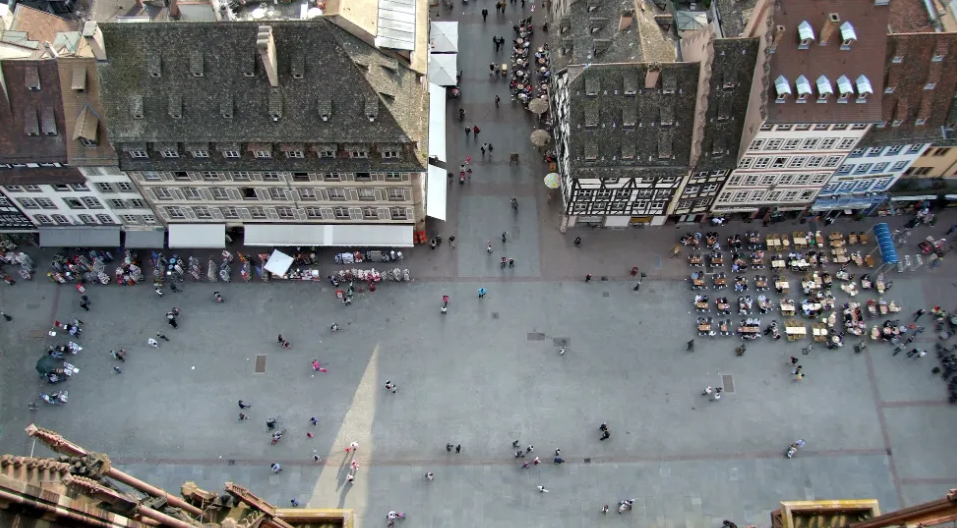We have experienced more rapid change in the way we move through urban areas over the past few years than any time in recent history. Since 2020, our cities have been reconfigured, repurposed, and revitalized in ways we could only imagine before the pandemic. This inflection point in urbanism and mobility, while uncertain, gives us much cause for hope that we can move beyond an ideology that long favored modernism and progress over humans and communities. Necessity, they say, is the mother of invention, and the pandemic made it necessary to rethink our cities for the immediate and long-term future.
Post-war Modernism
International Modernism is the concept that changed the very fabric of our cities on both sides of the Atlantic. This design philosophy was born from the ashes of the First World War, and conceptualized the idea of “man as machine,” which was in parallel with the overall Modernist movement taking hold throughout Europe.
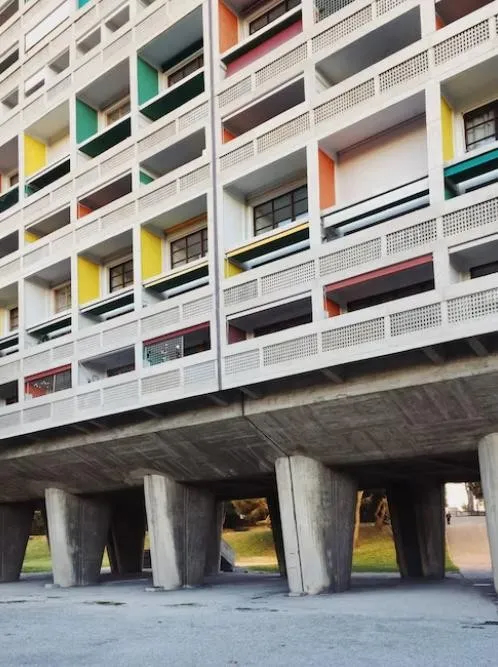
The modernist movement sought to streamline and compartmentalize uses of rooms, homes, buildings, neighborhoods, and entire cities into well functioning systems. While ideal on paper, this sterile view of society and daily life quickly shows its design weaknesses. One of the most prominent champions of the modernist movement, and one who influenced the Bauhaus design school in Germany was the Swiss-French architect Le Cobusier. His plans for Paris in the Radial City, along with other schemes in India and abroad, forged an entire generation of architects and planners who shared his mechanical view of cities.
Le Corbusier’s ideas came to full manifestation in North America.
20th-century paradigm
This new cohort of designers began to apply their principles to a range of activities. The Nazi regime in 1933 cut short the activities of the Bauhaus, and forced many of its students — including Ludwig Mies van der Rohe — to flee Germany. Mies truly embodied Le Cobusier’s typologies and conceptualizations of the modern city. Upon relocating to the United States in the 1930s, he disproportionately influenced American urbanism and architecture through his Modernist designs such as those at the 1939 World’s Fair in New York and many others.

Robert Moses, chief planner and administrator for over a dozen public works and transportation agencies in the city and state of New York, was directly influenced by and espoused the principles of Modernism in urban planning. As well documented, the physical and social damage wrought by Moses’s auto-oriented and segregationist urban planning projects throughout the region (such as the Cross-Bronx Expressway) speak for itself.
Car-Dependency and Urban Malaise
As the 20th century marched onwards, cities across North America and Europe began to rapidly apply the principles of modernism. This is especially true in the post World War II period. Due to a combination of factors such as housing shortages, population boom, increased household wealth and a widespread adoption of modernism, North American cities were subsidized to build highways and suburbanized development to accommodate this converging trend.
Though it was appealing to a broad swath of middle-income households, this type of urban development was ultimately rooted in the tradition of real estate speculation, which had its roots in Thomas Jefferson’s 1783 rectilinear survey of the continent. The singular use and purpose of post-World War II communities and neighborhoods resulted in further racial and economic segregation, as well as over dependency on the automobile for the most basic trips and movement. All this, compounded by the deindustrialization of American cities such as Detroit, Buffalo, Cleveland, which saw their populations reduced by more than 50 percent in cases demonstrated that singular purpose urbanism was unsustainable and not built to last.
There were several movements to prevent the further destruction of cities, such as the “Freeway Revolts” and the activism of Jane Jacobs, but the damage had already been done. On top of that, the North American car-centric form of urbanism had a boomerang effect that eventually came back to Europe in cities ranging from Brussels to Rotterdam.
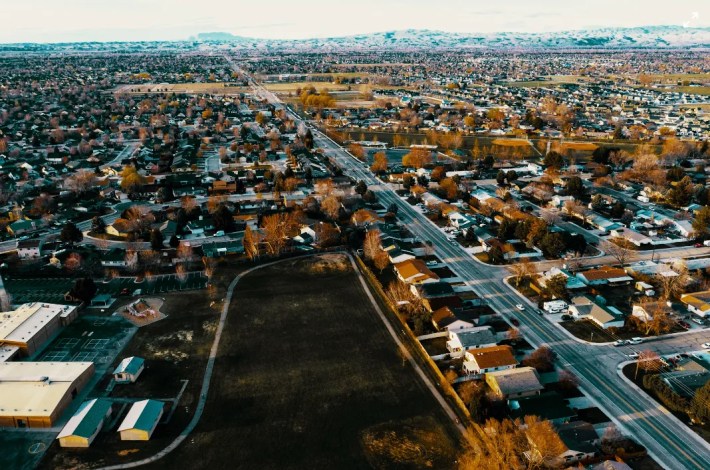
New Urbanism and Traditional Neighborhood Development
Several urban planning movements and organizations such as the Congress for the New Urbanism in the US and The Prince’s Foundation in the UK sought to ameliorate the damage wrought by the Modernist urban design philosophy, but it was only effective on a modest and incremental scale. Developments such as Poundbury in the U.K. and Seaside, Florida demonstrated how traditional urbanism and neighborhood development principles such as walkability, multiple uses, increased densities, connected street networks, and multi modality could swift away from a century of unsustainable urban development patterns. However, it was still simply too profitable to not continue the horizontal, leapfrog type suburban development that most industry professionals including architects, engineers, planners, surveyors, developers and contractors were vested in.
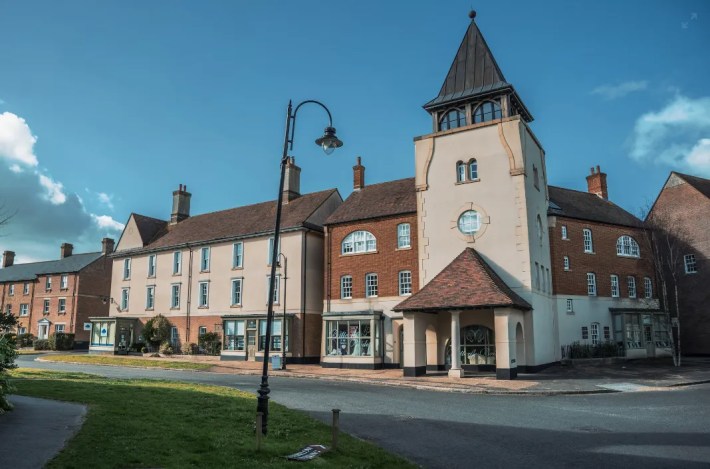
By 2020, several of these traditional urban design interventions were well known to most planners and architects, but the 20th-century paradigm was still dominant. The COVID pandemic, however, was a turning point in how we view the use, form and function of cities and urbanized developments.
The initial waves of lockdowns forced us to rethink how we live, work and move about the city. During the emergency period and public health mandates including social distancing, planners used the opportunity to promote active mobility and shared modes including cycling, e-scooters and others. This, alongside experimental projects such as pop up bike lanes, pedestrian paths, open streets, al fresco curbside dining, and shared mobility hubs, quickly reconfigured our public spaces and built environment.
In addition, work from home schemes and the widespread adoption of digital connectivity facilitated remote work and totally impacted urban commuting patterns and public transit ridership. After the initial shock and subsequent waves, a new way of thinking began to quickly take hold. This, along with public policies and investments in shared and active modes and a decarbonization of the transport sector collectively pointed towards a brighter future, and one decoupled from the 20th century modernist, car centric urban paradigm.
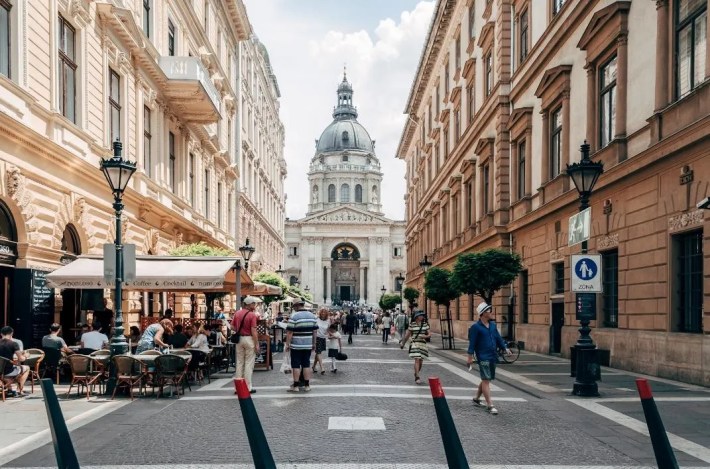
Conclusion
The pandemic has indeed normalized a new form of urbanism, one geared towards localized, human-centric communities that seek to combine activities and uses into more quality experiences. The term "live/work" takes on new meaning in the post-COVID city, but so much work still needs to be done to avoid reverting to the car-centric ways of Modernism. Initiatives such as the 15-minute city and helping people take back public spaces from the automobile through tactical urbanism and DIY projects will be crucial.
Success will mean nothing less than a better life for all groups and communities.
This piece is reprinted with permission from the Cities First Newsletter on Medium.
